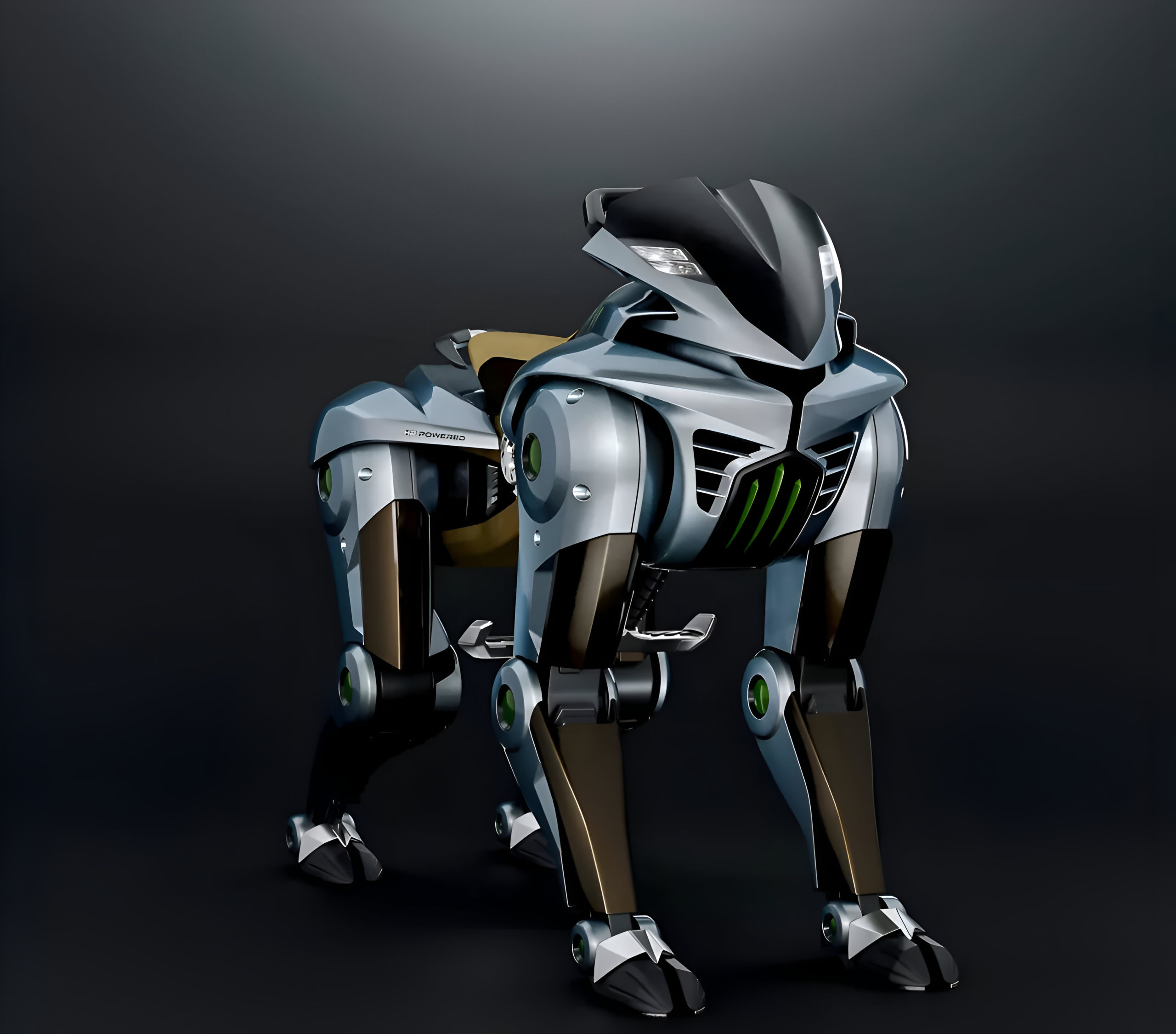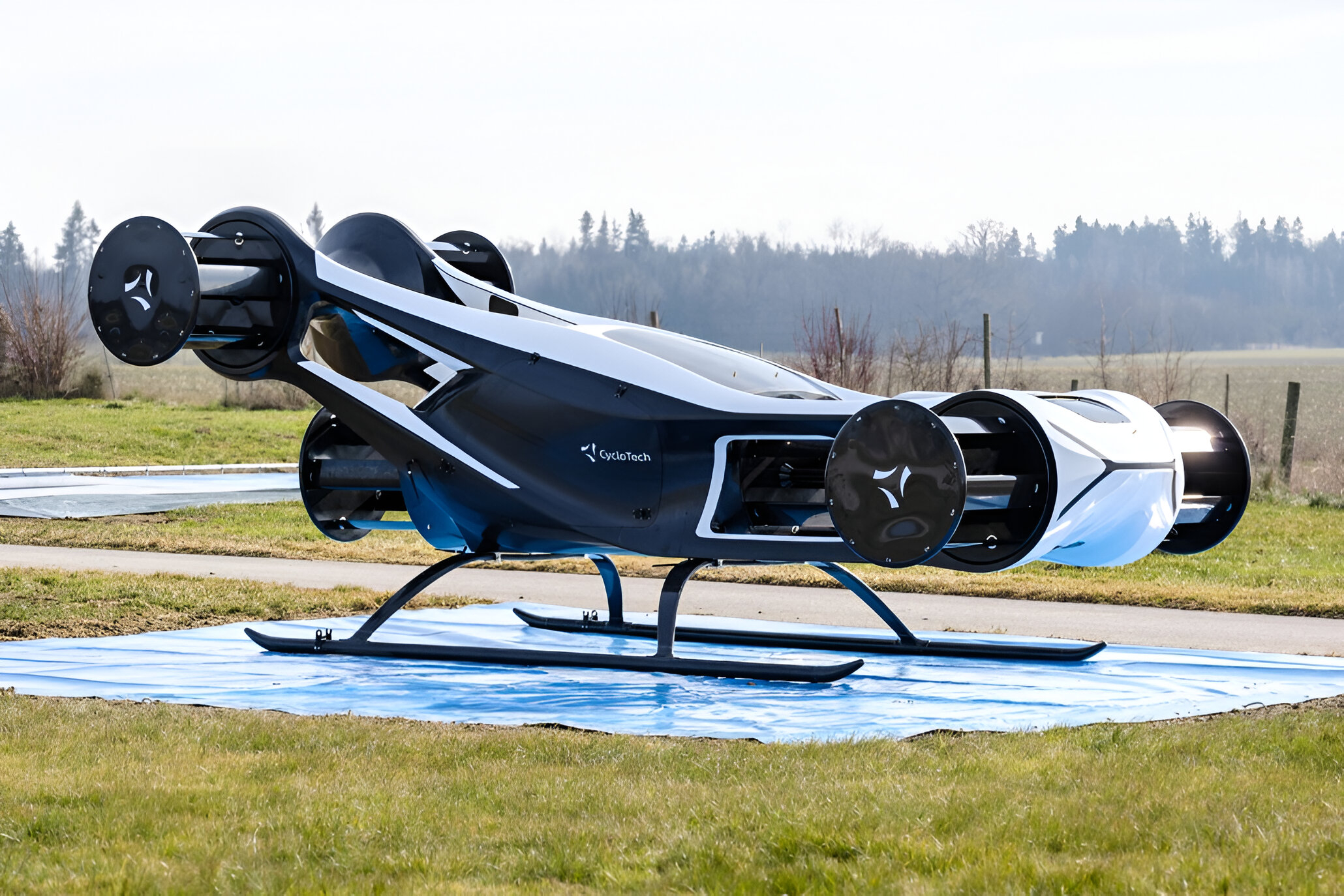The Dongfeng M-Hunter represents a bold departure from conventional SUV design, embracing a philosophy of exposed functionality rather than hidden capability. This award-winning Chinese off-roader strips away the pretense and unnecessary styling elements that plague many modern SUVs, replacing them with honest, purpose-driven design that communicates its capabilities through visual strength and structural integrity.
1. Automotive Brutalism: Honesty in Design

Much like the architectural movement it references, the M-Hunter makes no attempt to hide its utilitarian nature beneath swooping bodywork or decorative elements. Instead, it proudly displays its functionality through exposed frameworks and minimal body paneling.
This approach stands in stark contrast to many modern SUVs that disguise their purpose beneath flowing lines and chrome accents. The M-Hunter doesn’t need fake vents or plastic cladding to suggest capability – its entire visual language openly communicates its true nature. This honesty in design creates an immediate impression of authenticity that many over-styled competitors lack. The vehicle doesn’t pretend to be anything other than what it is: a purposeful tool designed for challenging environments.
2. Exoskeletal Structure: Function as Visual Identity
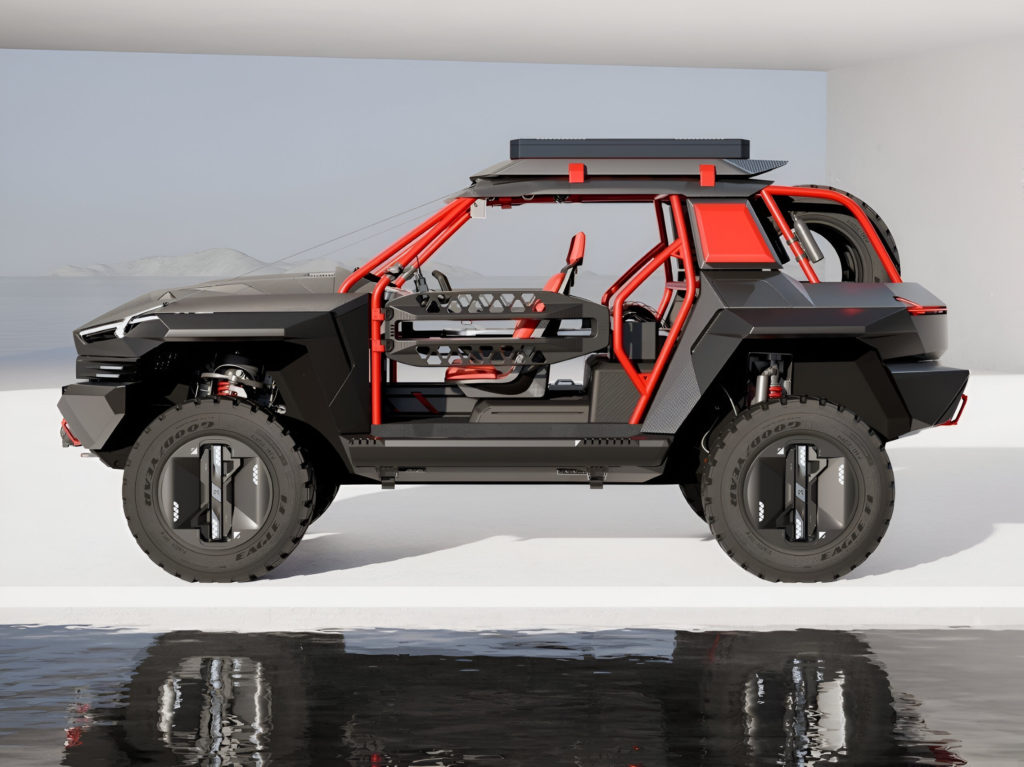
At the heart of the M-Hunter’s distinctive appearance is its exoskeletal design language. Rather than hiding the vehicle’s roll cage and structural elements inside body panels, Dongfeng has made them dominant visual features that define the vehicle’s identity. The external tubular structures frame the cabin like “industrial sculpture,” simultaneously offering physical protection and creating a unique visual signature.
This approach draws parallels to the work of architects like Le Corbusier, who celebrated structural elements as design features rather than concealing them. The exposed frame serves multiple practical purposes – it protects the vehicle during off-road excursions, provides convenient mounting points for accessories, and visually communicates strength to observers. By making these functional elements central to the design, Dongfeng has created a vehicle whose appearance is inseparable from its purpose – a rare achievement in modern automotive design.
3. Impressive Off-Road Credentials
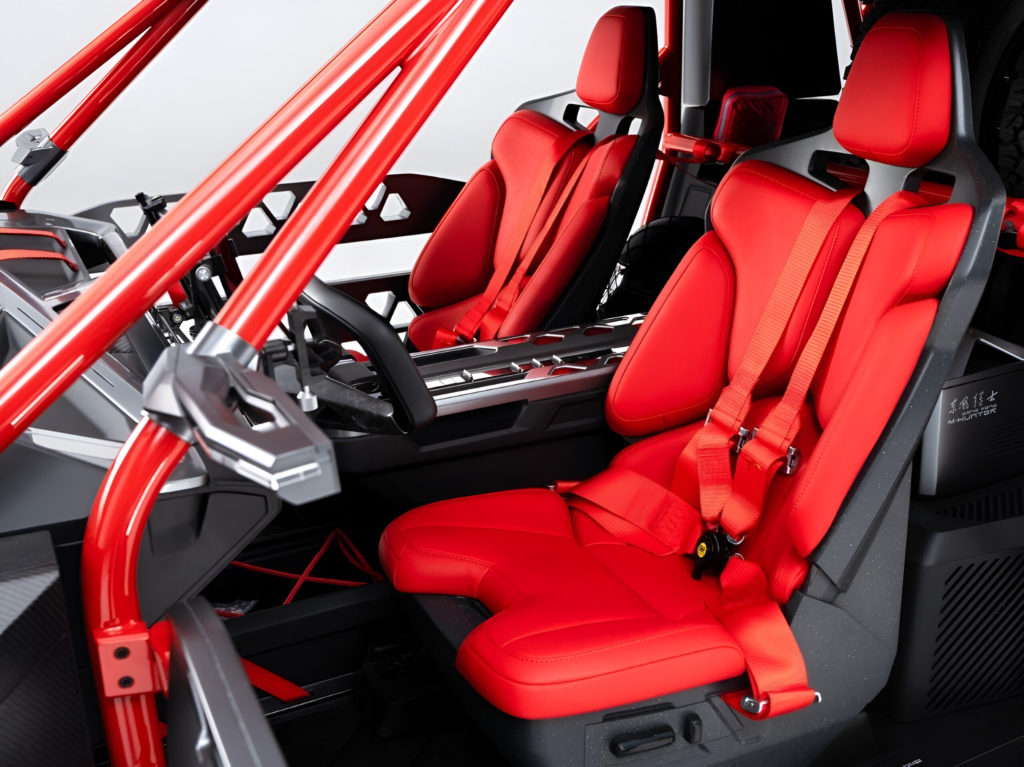
Behind the M-Hunter’s distinctive appearance lies serious off-road capability that validates its uncompromising design. With approach and departure angles of 37° and 31° respectively, this 2,050kg off-roader stands alongside established performers like the Jeep Wrangler Rubicon. Its 240mm ground clearance and ability to ford water up to 800mm deep translate to exceptional capability in challenging terrain.
These specifications aren’t merely numbers on a sheet – they’re the direct result of design choices that prioritize function over conventional styling. The minimal overhangs that contribute to those impressive approach and departure angles exist because Dongfeng’s designers placed off-road performance above the sleek silhouettes that dominate modern SUV design. By allowing capability to dictate form rather than the reverse, the M-Hunter achieves both authentic off-road credentials and a distinctive visual identity.
4. Appropriate Power: Engineered for Purpose
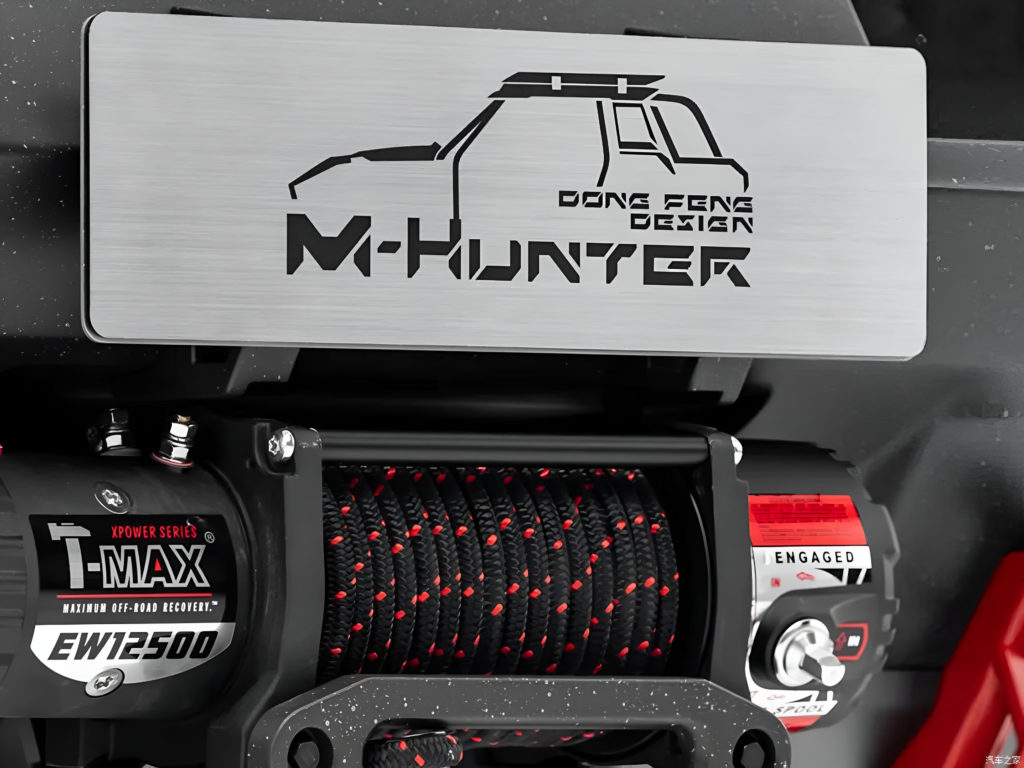
The M-Hunter’s powertrain reflects the same purpose-driven philosophy as its design. Its 2.0-liter turbocharged engine produces 218 horsepower and 340 Nm of torque, delivered through an 8-speed automatic transmission. These aren’t headline-grabbing numbers in an era of 700-horsepower SUVs, but they’re entirely appropriate for the vehicle’s intended mission.
This measured approach to performance demonstrates Dongfeng’s understanding that off-road capability isn’t primarily about raw power. The M-Hunter doesn’t need to win drag races; it needs to deliver controlled torque across varying terrain while maintaining reliability in challenging conditions. The engine’s output strikes a balance between adequate performance and practical efficiency, avoiding the excessive power that often characterizes vehicles more focused on marketing than functionality. Like every other aspect of the M-Hunter, the powertrain is honest about its purpose.
5. Minimalist Detailing: Purposeful Aesthetics

Even in its details, the M-Hunter maintains its commitment to functional minimalism. The headlights are simple circular units embedded in a straightforward grille, evoking military vehicles without resorting to tacky “tactical” accessories or camouflage patterns. This approach creates visual distinctiveness through restraint rather than embellishment.
What makes the M-Hunter’s minimalist detailing remarkable is how it transforms necessity into visual strength. The vehicle feels “aggressively skeletal” rather than unfinished, creating a cohesive design language where every element serves a clear purpose. This approach stands in refreshing contrast to the increasingly ornate detailing found on many modern SUVs, where non-functional vents, chrome trim, and complex lighting signatures often distract from the vehicle’s fundamental purpose. For those seeking a refined blend of performance, sophistication, and modern design, exploring the Top Luxury SUVs offers a closer look at vehicles that strike the right balance between aesthetics and functionality.
6. Chinese Design Evolution: Authentic Innovation
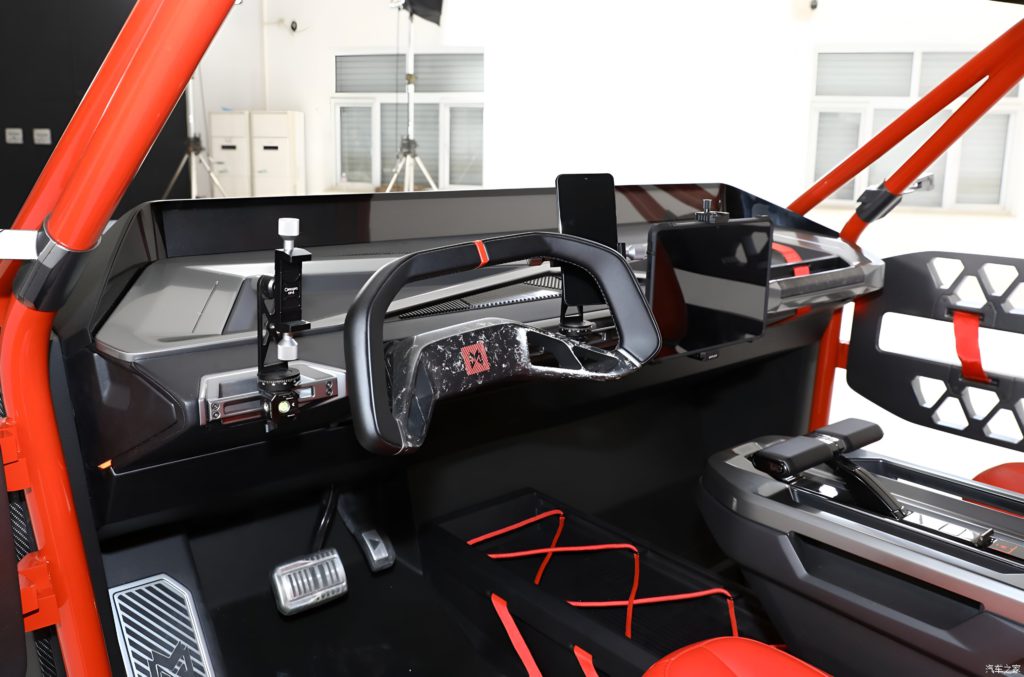
The M-Hunter represents the broader evolution of Chinese automotive design, which has progressed from derivative styling to genuinely innovative approaches. As recognized by its honorable mention from China’s highly-coveted Design Intelligence Award, the vehicle achieves something increasingly rare in the global automotive landscape – authentic character that doesn’t merely imitate established Western design conventions.
This achievement signals China’s growing confidence in establishing its own design identity rather than following established norms. The M-Hunter doesn’t try to look European or American; it expresses a distinctive perspective that contributes something new to the global conversation about automotive design. In an industry increasingly homogenized by focus groups and global market considerations, Dongfeng has created a vehicle with a clear point of view – a rugged machine that celebrates rather than conceals its utilitarian nature, establishing a design direction that feels both fresh and purposeful.







